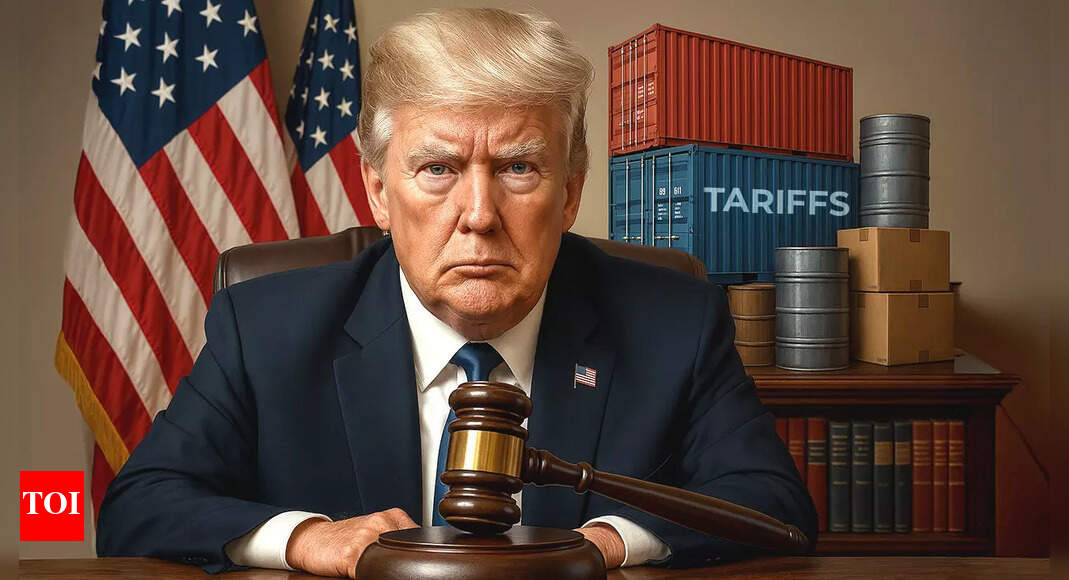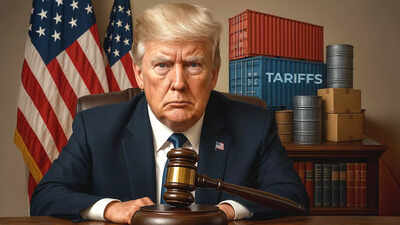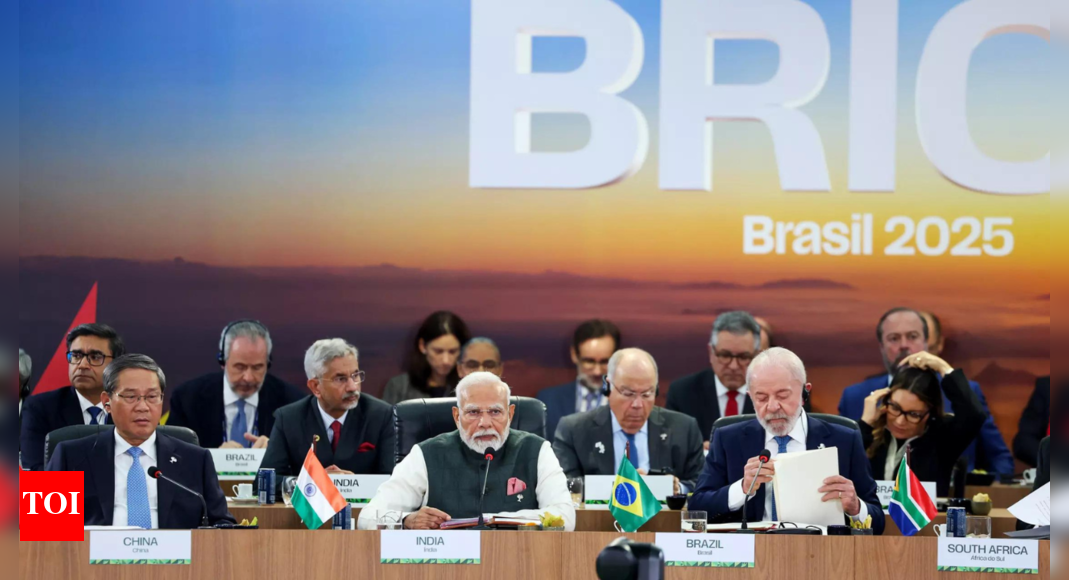Donald Trump’s tariff date set! New rates to likely come into effect from August 1; US to issue letters shortly
August 1, 2025 – that’s the date on which tariffs for countries not finalising a trade agreement with the US will come into effect. US President Donald Trump intends to reveal trade agreements and issue tariff letters on Monday, whilst nations engaged in negotiations throughout the weekend to prevent severe penalties on their US exports before a Wednesday July 9 cut-off.The negotiations schedule for the trade deal was in effect, though not officially, adjusted after US representatives indicated that trading associates would have until August 1 before tariffs become effective. This provides an additional three weeks for negotiations, according to a Bloomberg report.The Donald Trump administration had previously said that the US would enforce tariffs on July 9 for nations unable to reach a trade agreement, returning to the rates announced on April 2, known as Liberation Day.Trump, buoyed by recent legislative success and record-breaking US stock market performance, is wielding tariffs as an economic instrument whilst challenging international rivals. He announced a potential 10% import duty targeting nations that support “Anti-American BRICS policies.”Also Read | ‘Take it or leave it’: Donald Trump says US tariff letters ready for 12 countries ahead of July 9 deadline; will be sent out from..“There will be no exceptions to this policy,” he declared via Truth Social, coinciding with BRICS members Brazil, Russia, India, China and South Africa convening in Rio de Janeiro for meetings commencing Sunday.
August 1 Tariff Date?
As the July 9 deadline approaches for Trump’s 90-day suspension of reciprocal tariffs, Treasury Secretary Scott Bessent indicated that negotiations with 18 key trading partners are paramount, with multiple significant agreements anticipated. He noted that the volume of concurrent negotiations is making the concluding phase more complex.During his Fox News Sunday appearance, Bessent discussed the situation, stating “There’s a lot of congestion going into the home stretch.” He avoided confirming August 1 as a definitive deadline. On CNN, he addressed countries, saying “If you want to speed things up, have at it. If you want to go back to the old rate, that’s your choice.”In his CNBC interview on Monday, Bessent anticipated “several” announcements within 48 hours, noting that “What President Trump is concerned about is the quality of deals, not the quantity.”Trump took to social media on Sunday, announcing that “the UNITED STATES TARIFF Letters, and/or Deals, with various Countries from around the World, will be delivered starting” at noon Washington time.Also Read | ‘India has drawn its red lines…’: Ahead of Donald Trump’s tariff deadline, officials say ‘ball in US court’ on trade deal; here’s what’s happeningThe European Union indicated progress towards an agreement, maintaining focus on the Wednesday deadline. Trump and European Commission President Ursula von der Leyen conducted a productive discussion on Sunday, according to an EU executive arm spokesperson in Brussels on Monday.German Chancellor Friedrich Merz engaged in separate telephone conversations over the weekend with Von der Leyen and counterparts from France and Italy regarding the US trade dispute resolution, as confirmed by a government spokesperson in Berlin on Monday.“The situation is becoming urgent,” said Stefan Kornelius, Merz’s main spokesperson, during a standard governmental briefing in Berlin. He affirmed Germany’s backing of the Commission’s negotiation approach with the US, noting the situation’s multifaceted nature requiring careful consideration.Japanese officials joined EU representatives in Washington discussions throughout the US holiday weekend. Despite the administration’s repeated assertions of forthcoming agreements, only three developments have materialised: a limited UK framework, a Chinese trade truce, and Trump’s brief outline of a Vietnamese agreement.Following two months of positive market performance amidst trade reconciliation, tariff concerns re-emerged for share traders. S&P 500 futures decreased 0.5% following US market closure on July 4. European markets remained steady, whilst Asian equity indicators dropped 0.7%.The US currency rose by 0.5%, reaching its peak against other currencies in over a week. Australian and New Zealand currencies declined approximately 1%, reflecting concerns about tariff impacts on these nations with significant Chinese trade relationships. US Treasury bonds with shorter maturities showed modest improvements amid reduced risk tolerance.















Post Comment